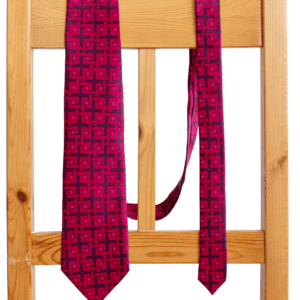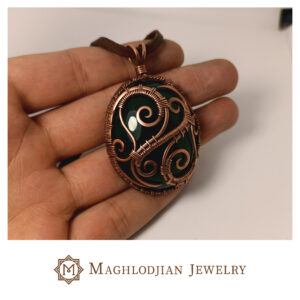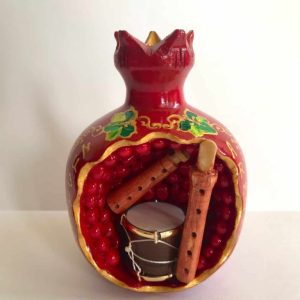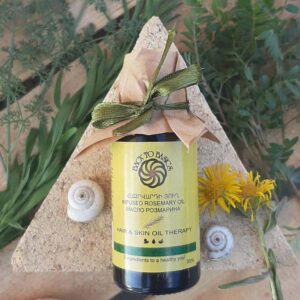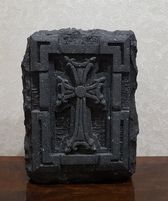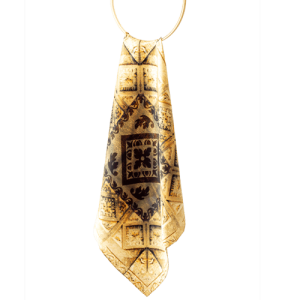-
-
Energy
Բաղադրությունը՝ Անանուխ, ուրց, երիցուկ, սրոհունդ, խնկածաղիկ
Մշակված և փաթեթավորված է ձեռքով: Արտադրված է Արցախում: Պահել չոր և զով տեղում: Պահպանման ժամկետը 2 տարի: Զտաքաշը 30 գրամ:
Ingredients: Mint, thyme, chamomile, St. John’s wort, oregano
Hand crafted and packed in Artsakh
Store in a cool dry place. Shelf life is 2 years. Net weight 30 grams$3.00Energy
$3.00 -
-
“Musical Instruments In Pomegranate” Souvenir
Wooden pomegranate with musical instruments
$24.00 -
-
Rosemary Infused Oil
30 mL
When used topically Go Green Armenia rosemary-infused oil is a great massage oil for inflamed muscles, back pain, and eliminating arthritis pain. A wonderful way to calm and cure your skin. It’s anti-inflammation and anti-bacterial, stimulates hair growth, and prevents hair loss.
Doesn’t contain any chemical additivesThese are the main health benefits from taking this oil internally
– May Improve Brain Function
– Stimulates Hair Growth
– May Help Relieve Pain
– Repels Certain Bugs
– Eases Stress
– Increases Circulation
– May Reduce Joint Inflammation$19.58Rosemary Infused Oil
$19.58 -
-
-
Knitted Doll
Handmade Crochet Doll with removable drees and scarf.
Height: 35-38 cm (13-14 inches)$59.00Knitted Doll
$59.00 -
Brown Cotton Dress
Cotton dress made in Armenia.
This dress will be ready in 10 days after the order.
$35.00 – $65.00Brown Cotton Dress
$35.00 – $65.00 -
“Garni” Silk Scarf
Available 2 sizes: 60 x 60 cm and 90 x 90 cm / 100% Silk
The Temple of Garni is the only standing Greco-Roman colonnaded building in Armenia and the former Soviet Union. Built in the Ionic order, it is located in the village of Garni, in central Armenia. It is the best-known structure and symbol of pre-Christian Armenia.
The structure was probably built by king Tiridates I in the first century AD as a temple to the sun god Mihr. After Armenia’s conversion to Christianity in the early fourth century, it was converted into a royal summer house of Khosrovidukht, the sister of Tiridates III. According to some scholars it was not a temple but a tomb and thus survived the destruction of pagan structures. It collapsed in a 1679 earthquake. Renewed interest in the 19th century led to excavations at the site in early and mid-20th century, and its eventual reconstruction between 1969 and 1975, using the anastylosis method. It is one of the main tourist attractions in Armenia and the central shrine of Hetanism
$47.00 – $79.90

